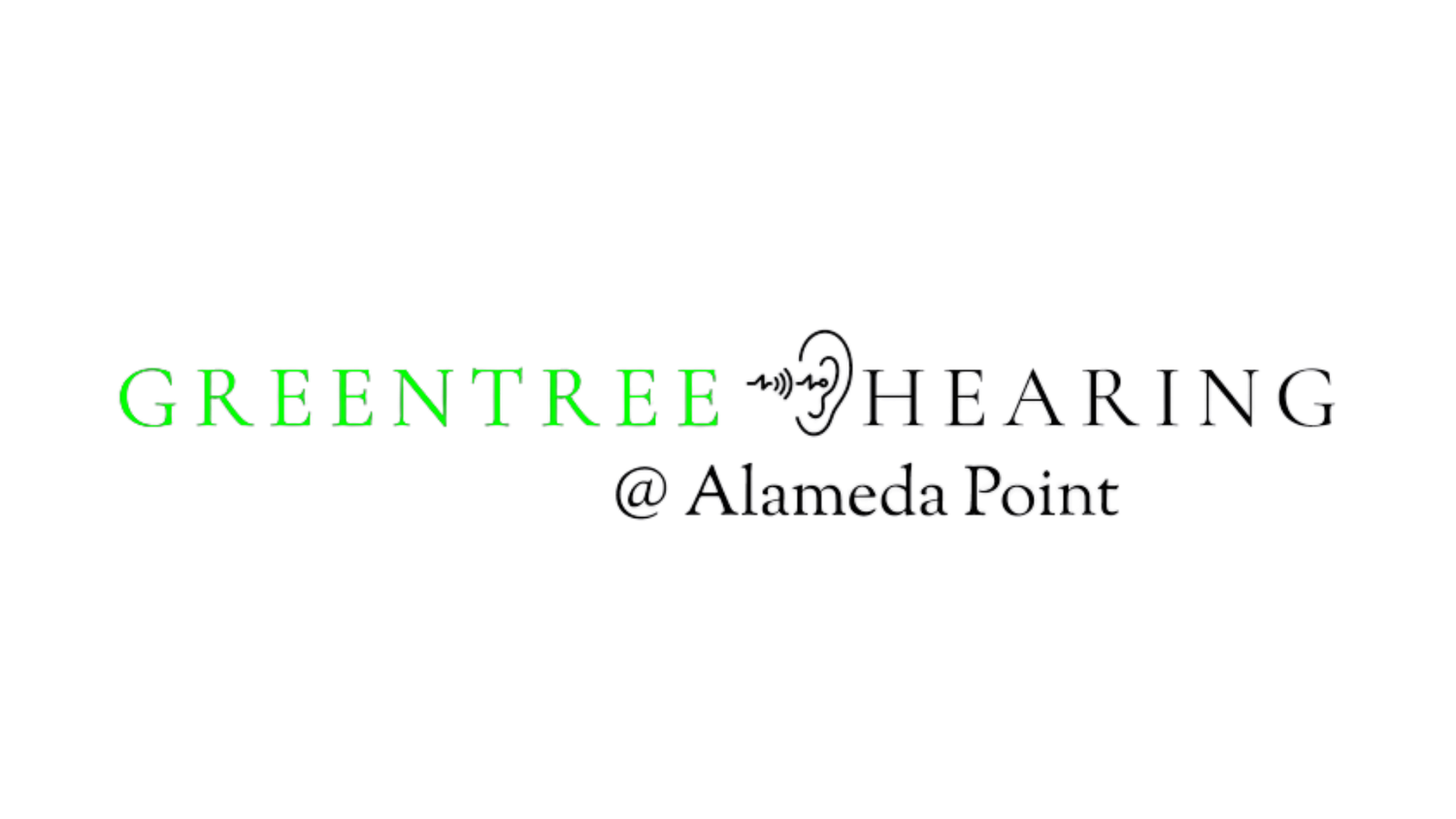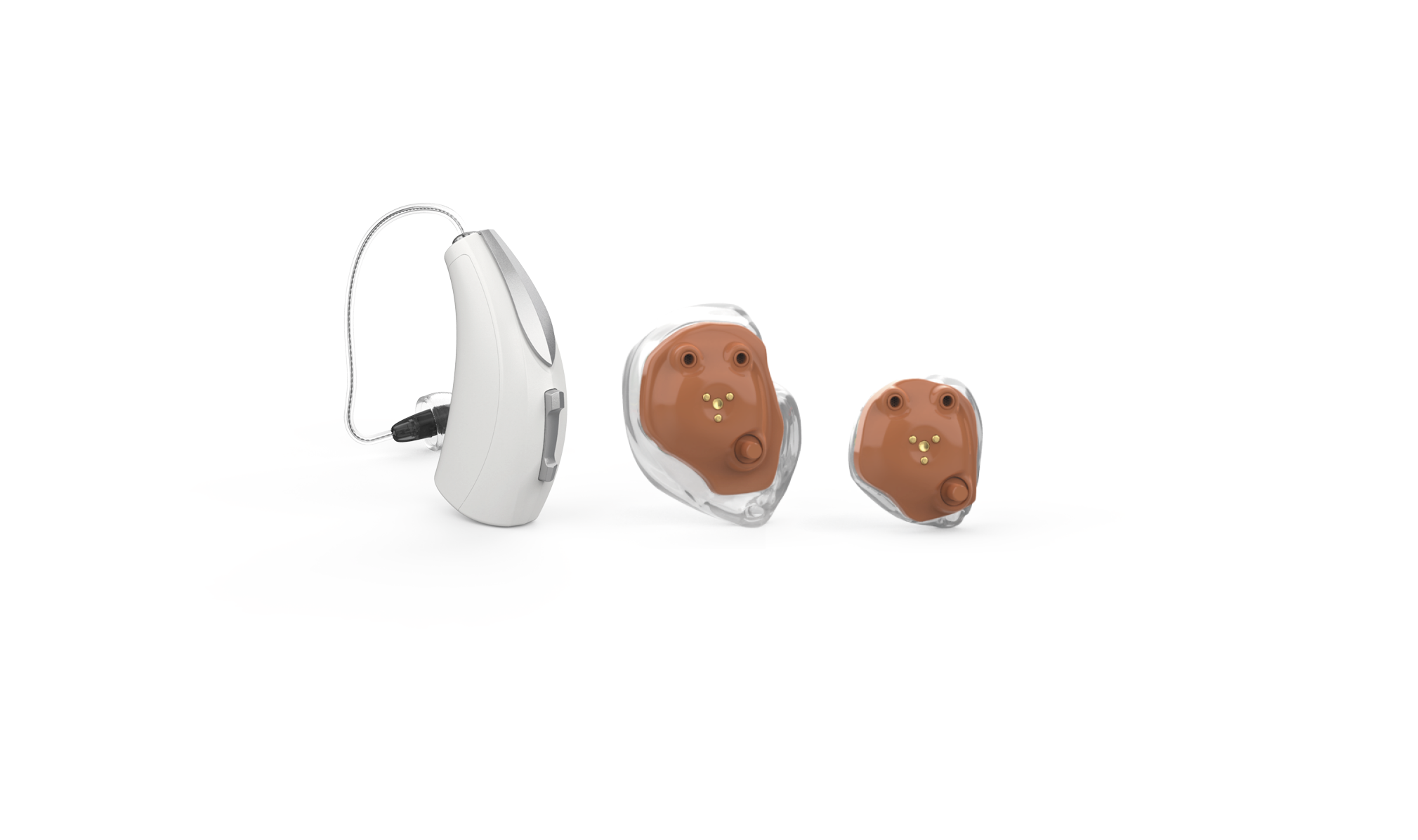-

Unprecedented Processing, Speed & Power
Hearing Aid Types
There are many different types and styles of hearing aids available to best suit the wearer, their level of hearing loss, their fit preferences and their physical abilities (such as finger dexterity needed for replacing batteries). Some hearing aid devices sit outside the ear, others nestle completely in the ear, and several types have both inner and outer ear elements.
Four basic types of hearing aids include:
Behind-the-ear (BTE) hearing aids, which house all tech components behind the ear in a casing that connects to the inside of the outer ear via a thin tube to a dome or ear mold. A common style is a mini-behind-the-ear (mBTE) or a slimmer BTE.
Receiver-in-canal (RIC) hearing aids, which are also worn behind the ear but connect via a form-fitted wire to a small speaker that sits in the ear canal.
In-the-ear (ITE) hearing aids, which are nearly hidden inside the ear canal with no components behind the ear.
Completely-in-canal (CIC) hearing aids, which are custom-made to sit entirely inside the ear canal. -

Rechargeable, wireless & streaming
How Do Hearing Aids Work?
A hearing aid typically contains a microphone, amplifier and speaker. The microphone picks up acoustic sound waves and converts them into electrical signals, which are then processed and enhanced by the amplifier. Those signals are then sent to the speaker, which converts them back into sound waves, providing a louder and clearer sound for the wearer. This method of sound amplification can help improve a person’s hearing and make speech from others easier to understand.Integrated connectivity streaming audio and answering phone calls are just two features opening up the accessibility through voice to many. At the same time, speech enhancement and dynamic noise cancellation features deliver better hearing in even the most complex sound situations.
-

Custom hearing protection
Complete Hearing Protection Are you ready for the sounds of summer? Feel free to enjoy everything you can this year, but don’t forget that some summer sounds can be really loud. Things like fireworks, outdoor concerts, and even your backyard lawnmower can easily damage your hearing if you don’t take some precautions. But that doesn’t mean you have to miss out. Just remember to grab your towel, sunscreen, and to protect your hearing.
“One way that noise can permanently damage your hearing is by a single brief exposure to a high noise level, such as a firecracker going off near your ear. But hearing damage can also occur gradually at much lower levels of noise, if there is enough exposure over time. To protect your hearing, you'll want to limit your exposure to these moderately high noise levels and give your ears a chance to recover after any period of noise exposure.” — Westone Laboratories
Greentree Hearing offers complete hearing protection: Concert, Sleep, Swimming, Industrial, Firearm, Surfing. All products are custom made and fit to you.







